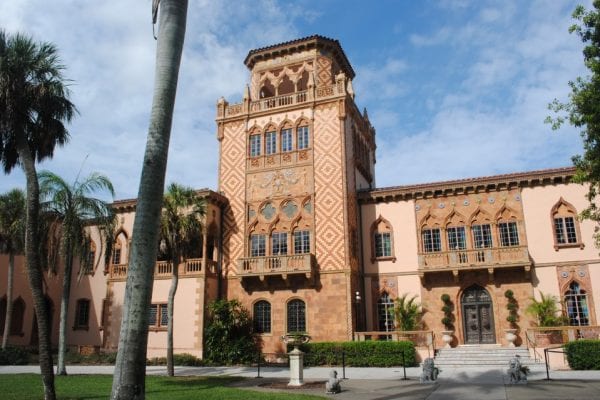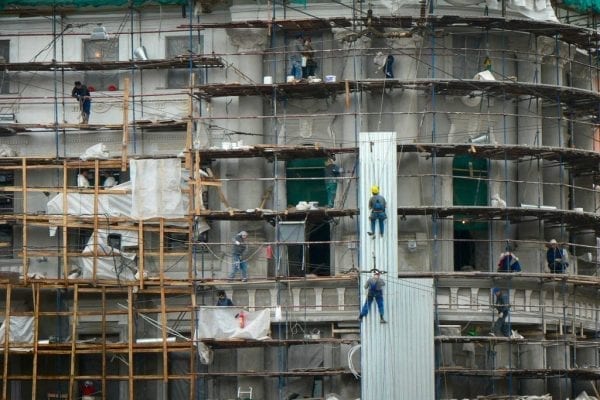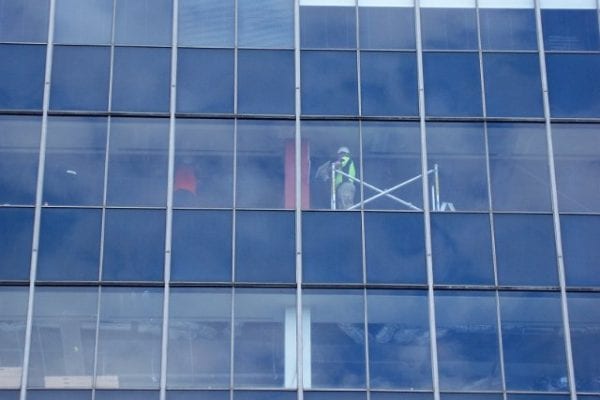Capabilities, experience, background—these are standard requirements on an Architecture and Engineering (A&E) RFP, and for obvious reasons. Along with quality control measures, complaint resolution procedures, and identification of management and project personnel, these form the core items most RFPs require from prospective providers. A review of these criteria allows agencies and organizations to form a preliminary picture of how well the provider will fit the project.
Unfortunately, this preliminary picture can sometimes be misleading. Despite a careful RFP process, many projects get bogged down in delays, change requests, and long-lasting design and construction problems like those experienced by the Tampa Courthouse that was built in the 1990s.
While no RFP process can absolutely guarantee success, including these six criteria on the request can significantly reduce the likelihood of problems and help ensure a smoothly executed project.
1. Cross-disciplinary capability
In most cases, RFPs ask only for capabilities in the specific A&E disciplines called for by the project. This is a mistake, because it encourages the development of project teams that often don’t understand related disciplines, and who are more likely to make mistakes as a result. On the other hand, a vendor who has in-house expertise in multiple related disciplines brings significant advantages. For instance, an architecture firm that understands mechanical, electrical, and plumbing systems and also has their finger on the construction market can make practical architectural decisions that reduce costs and ensure a higher quality result.
2. Regulatory compliance expertise for your area
Besides construction and design concerns, every project brings with it a host of regulatory concerns—from environmental, to building codes, to OSHA requirements, to historic districts. Failing to include current, local regulatory concerns in the initial plans can lead to costly change orders and potential fines deeper into the project. Asking for local regulatory compliance expertise allows you to more confidently choose a supplier who can guide the process smoothly through.
3. Continuing education commitment
While the principles remain the same, the field of architecture and engineering evolves constantly. Available materials, new technologies, regulatory environment, and much more changes on a regular basis. Organizations with a commitment to ongoing education for their A&E team will be better positioned to ensure your project is completed in the most up-to-date, cost-effective, compliant, and safe manner.
4. Team longevity
The larger the project, the more it matters that your providers offer continuity of leadership. Every time one of your providers experiences staff (or, worse, leadership) turn-over, your project can become delayed while the new team gets up to speed. Frequent turn-over also increases the potential for mistakes. While some organizational change is inevitable over the long term—people get older, people move, employees seek new job options—you want to know that your provider has a solid history of seeing projects through to completion with minimal staff and leadership turnover.
5. Single point of contact
For the same reasons that team longevity matters, so does your ability to have a one-stop “buck stops here” resource on your side. Ask the provider to demonstrate their ability and willingness to provide a single point of contact, and to name that person, so you know from the beginning who you will work with. Look for a single point of contact who has not only the experience and expertise you seek, but also the longevity with that provider to help ensure that they will be with you through the entire project.
6. History of timely, on-budget, successful project completions
More than anything else, you want to know that your provider will get it done, on time and on budget. Though past experience is no guarantee of future performance, we all know that the greatest indicator of future performance is, indeed, past performance. Asking for evidence of timely, on-budget, successful project completions helps ensure that you hire an organization who can meet your needs and won’t cause unnecessary delays or, worse, bail partway through.
Including these six criteria on your next A&E RFP won’t guarantee a successful project, but it will certainly improve your odds. If you have an upcoming project you’d like to discuss with the A&E experts, our team is only a click away.






